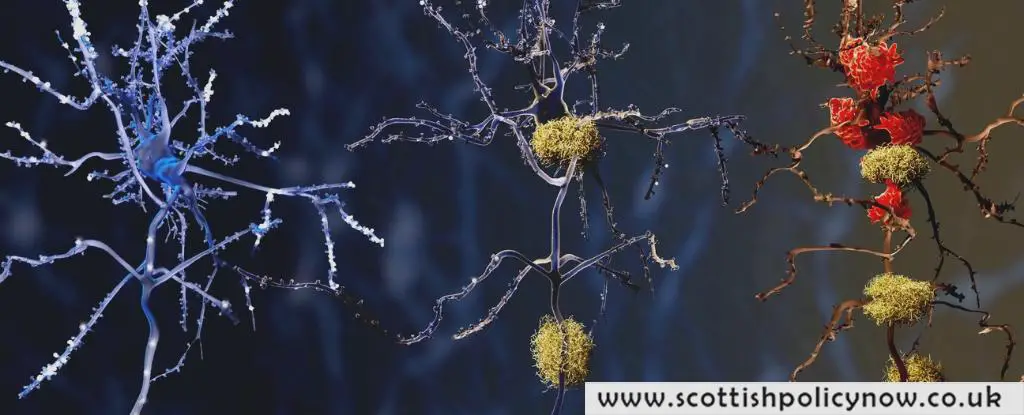Analysis of human brain tissue showed variations in immune cell behavior in Alzheimer’s brains compared to normal brains, suggesting a possible target for new therapies.
Research led by the University of Washington, released in August, found that microglia in Alzheimer’s brains often existed in a pre-inflammatory state, reducing their protective capabilities.
Microglia, the immune cells, maintain brain health by eliminating waste and maintaining normal brain functions.

To tackle infections or remove dead cells, these versatile cells can alter their form, becoming less elongated and more agile to consume invaders and debris. They also trim synapses during development, shaping the brain’s circuitry for optimal functioning.
Their role in Alzheimer’s is uncertain, but in individuals with this severe neurodegenerative condition, some microglia react excessively, potentially triggering inflammation that leads to brain cell death.
Unfortunately, trials of anti-inflammatory drugs for Alzheimer’s have yet to produce notable results.
To explore microglia’s role in Alzheimer’s, neuroscientists Katherine Prater and Kevin Green from the University of Washington, together with peers from various US institutions, analyzed brain autopsy samples from research subjects—12 with Alzheimer’s and 10 healthy controls—to examine microglia gene activity.
Employing an improved single-nucleus RNA sequencing technique, the team identified 10 distinct microglia clusters in brain tissue, differentiated by their unique gene expressions that dictate cellular functions.
Three of these clusters were previously unidentified, and one was prevalent in Alzheimer’s patients. This cluster’s microglia have active genes linked to inflammation and cell death.
The study revealed that microglia clusters in Alzheimer’s brains were often in a pre-inflammatory state.
This suggests they were prone to releasing inflammatory molecules that could harm brain cells and potentially accelerate Alzheimer’s progression.
The microglia types in Alzheimer’s brains were less protective, hindering their efficiency in cleaning dead cells and waste and supporting healthy brain aging.
The researchers also believe microglia can switch types over time. Hence, it’s impossible to definitively ascertain a person’s microglia type from a brain examination; monitoring microglia transitions might shed light on their role in Alzheimer’s.
“At this stage, it’s unclear whether the microglia are causing the disease or the disease is causing these changes in microglia,” stated Prater.
Although still preliminary, this research enhances our grasp of microglia’s function in Alzheimer’s and points to certain microglia clusters as potential therapeutic targets.
The team remains optimistic that their findings could pave the way for new treatments that enhance the quality of life for Alzheimer’s sufferers.
“With the genetic profiles of these microglia established, we can now investigate their actions and hopefully pinpoint ways to alter their detrimental behaviors linked to Alzheimer’s,” Prater mentioned.
“If we can understand their actions, we might be able to modify their behavior with treatments that could prevent or slow down the disease.”
The findings were published in Nature Aging.
An initial version of this article appeared in August 2023.








